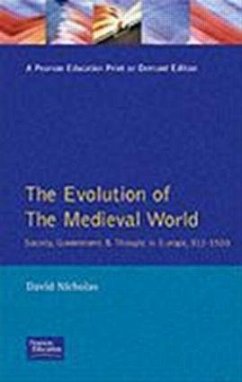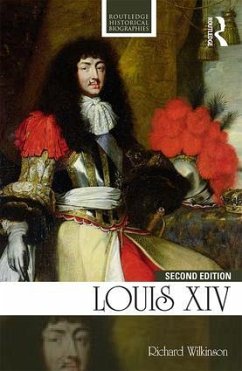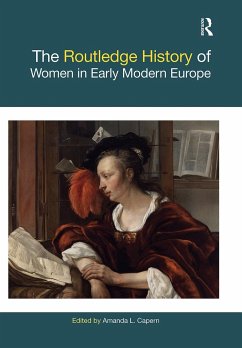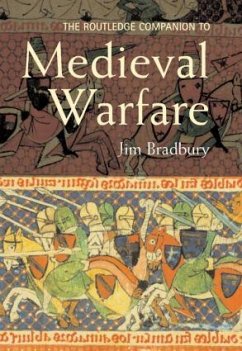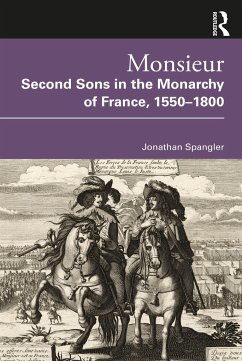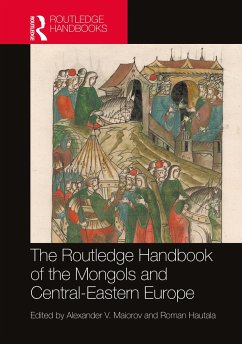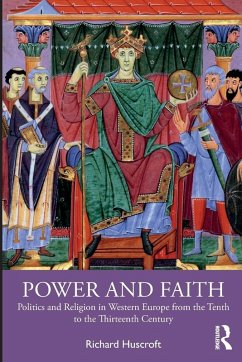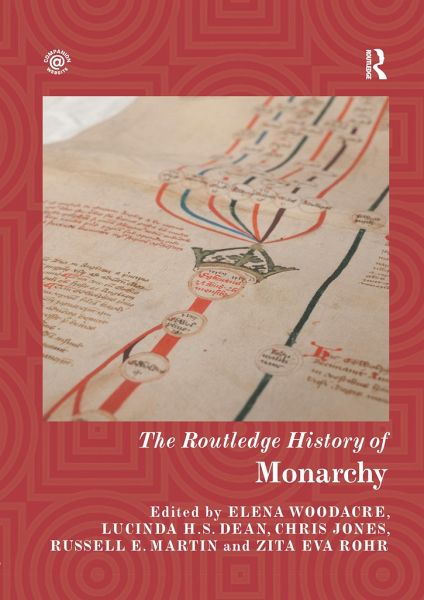
The Routledge History of Monarchy

PAYBACK Punkte
26 °P sammeln!
The Routledge History of Monarchy draws together current research across the field of royal studies, providing a rich understanding of the history of monarchy from a variety of geographical, cultural and temporal contexts.Divided into four parts, this book presents a wide range of case studies relating to different aspects of monarchy throughout a variety of times and places, and uses these case studies to highlight different perspectives of monarchy and enhance understanding of rulership and sovereignty in terms of both concept and practice. Including case studies chosen by specialists in a d...
The Routledge History of Monarchy draws together current research across the field of royal studies, providing a rich understanding of the history of monarchy from a variety of geographical, cultural and temporal contexts.
Divided into four parts, this book presents a wide range of case studies relating to different aspects of monarchy throughout a variety of times and places, and uses these case studies to highlight different perspectives of monarchy and enhance understanding of rulership and sovereignty in terms of both concept and practice. Including case studies chosen by specialists in a diverse array of subjects, such as history, art, literature, and gender studies, it offers an extensive global and interdisciplinary approach to the history of monarchy, providing a thorough insight into the workings of monarchies within Europe and beyond, and comparing different cultural concepts of monarchy within a variety of frameworks, including social and religious contexts.
Opening up the discussion of important questions surrounding fundamental issues of monarchy and rulership, The Routledge History of Monarchy is the ideal book for students and academics of royal studies, monarchy, or political history.
Divided into four parts, this book presents a wide range of case studies relating to different aspects of monarchy throughout a variety of times and places, and uses these case studies to highlight different perspectives of monarchy and enhance understanding of rulership and sovereignty in terms of both concept and practice. Including case studies chosen by specialists in a diverse array of subjects, such as history, art, literature, and gender studies, it offers an extensive global and interdisciplinary approach to the history of monarchy, providing a thorough insight into the workings of monarchies within Europe and beyond, and comparing different cultural concepts of monarchy within a variety of frameworks, including social and religious contexts.
Opening up the discussion of important questions surrounding fundamental issues of monarchy and rulership, The Routledge History of Monarchy is the ideal book for students and academics of royal studies, monarchy, or political history.





